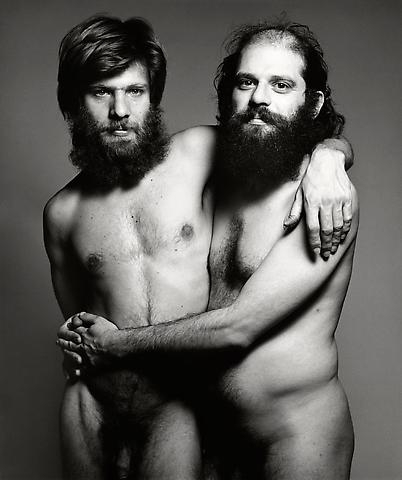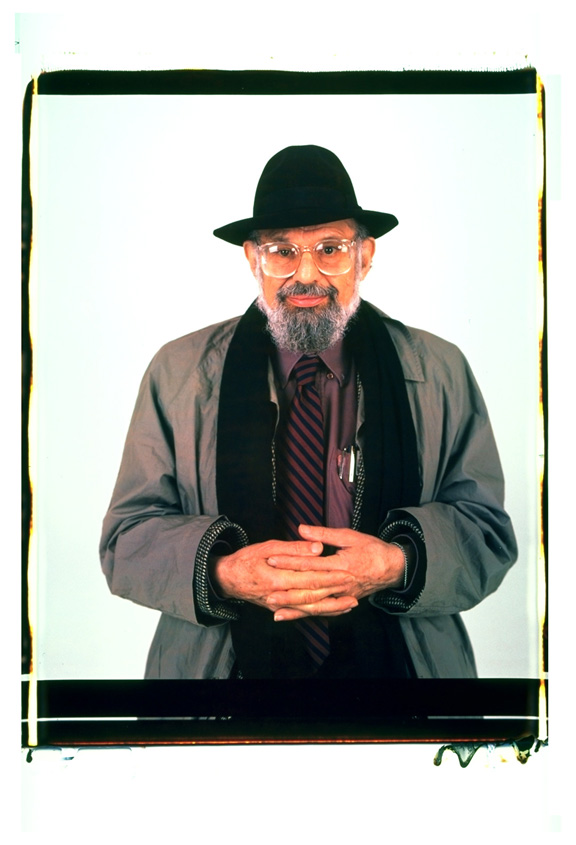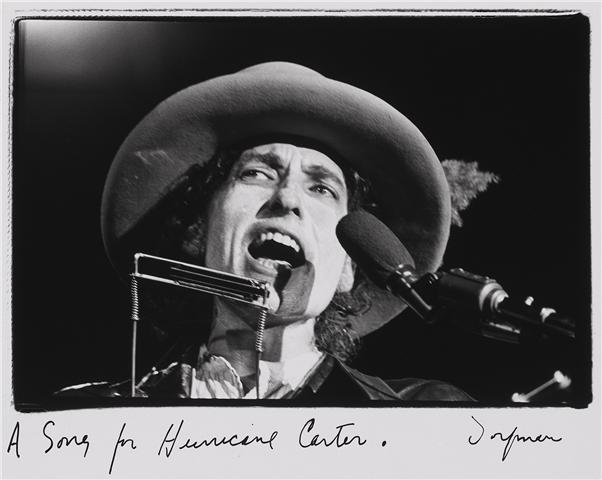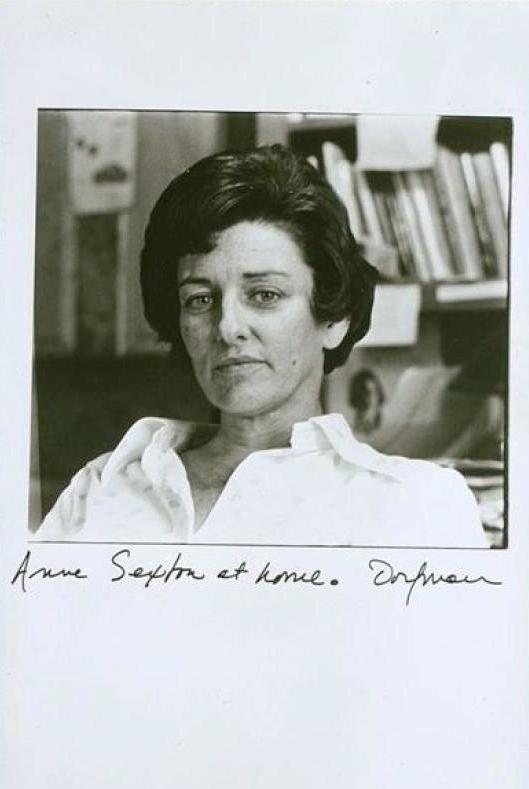 The Private Affairs of Bel Ami (Albert Lewin, 1947) is an American drama film which stars George Sanders as a ruthless cad who uses women to rise in Parisian society. It was based on the Guy de Maupassant novel Bel Ami.
The Private Affairs of Bel Ami (Albert Lewin, 1947) is an American drama film which stars George Sanders as a ruthless cad who uses women to rise in Parisian society. It was based on the Guy de Maupassant novel Bel Ami.
The film was the swan song of the actor Warren William due to his health continuing to deteriorate. He was unable to work for most of 1947, the year the filming of The Private Affairs of Bel Ami finished. This was the first role of Susan Douglas Rubes who had to sign a seven-year contact or else she could not act in any more films. Signing actors and actresses for seven years was a common thing for studios to do at the time. Due to restrictions imposed by the Motion Picture Production Code, certain scenes needed to be censored.
 Drawing by Ferdinand Bac, engraving by G. Lemoine
Drawing by Ferdinand Bac, engraving by G. Lemoine
Bel Ami is the second novel by French author Guy de Maupassant, published in 1885; an English translation titled Bel Ami, or, The History of a Scoundrel: A Novel, first appeared in 1903.
The story chronicles journalist Georges Duroy’s corrupt rise to power from a poor ex-Non-commissioned officer to one of the most successful men in Paris, most of which he achieves by manipulating a series of powerful, intelligent, and wealthy mistresses.
The novel was adapted into film several times, including Bel Ami (Willi Forst, 1939). A Swedish pornographic version For Men Only (Mac Ahlberg, 1976) which had the tagline “Harry Reems‘ Last Adult Film”, and Bel Ami (Declan Donnellan and Nick Ormerod, 2012) the drama film starring Robert Pattinson, Uma Thurman, Kristin Scott Thomas, Christina Ricci and Colm Meaney.
In the film Bei dir war es immer so schön (Hans Wolff, 1954) Willi Forst plays a film director who together with two musicians (played by Georg Thomalla and Heinz Drache), composes the lyrics of the hit song Bel Ami, which finally he sings.































